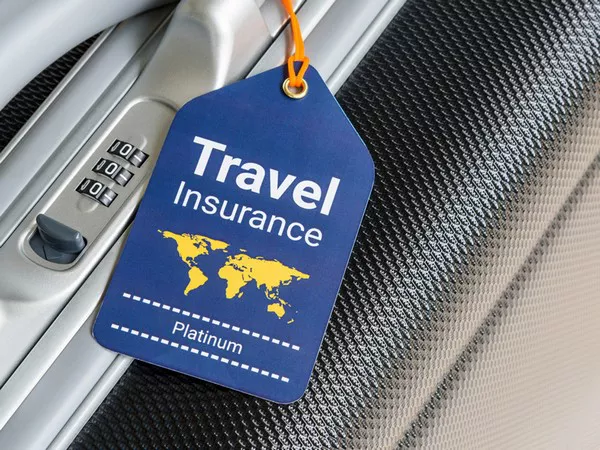For globetrotters and jet-setters, travel insurance stands as a crucial companion, offering financial protection and peace of mind during trips. The burning question for many travelers is, “What is the cost for travel insurance?” In this comprehensive guide, we will delve into the factors influencing travel insurance premiums, average costs for different types of coverage, and tips for securing cost-effective travel insurance.
1. Understanding the Factors Influencing Travel Insurance Costs
The cost of travel insurance is not a one-size-fits-all metric; rather, it’s influenced by various factors that cater to the unique needs and circumstances of individual travelers.
a. Trip Duration: The length of your trip plays a significant role in determining the cost of travel insurance. Longer trips typically involve higher premiums due to the extended period of coverage.
b. Destination: The geographical location of your destination impacts the risk assessment by insurance providers. Traveling to regions with higher health risks, political instability, or a history of natural disasters may result in higher premiums.
c. Coverage Type: The extent of coverage you choose greatly influences the cost. Basic plans covering essential elements may be more affordable, while comprehensive plans that include additional features like trip cancellation, baggage loss, and medical evacuation will incur higher premiums.
d. Age and Health: Younger, healthier individuals generally pay lower premiums for travel insurance. Older travelers or those with pre-existing medical conditions may face higher costs due to increased risk.
2. Average Costs for Different Types of Travel Insurance
Understanding the average costs for different types of travel insurance can provide travelers with a ballpark figure and help them choose coverage that aligns with their needs.
a. Single-Trip Insurance: For a single trip, travel insurance costs can range from $20 to $300 or more, depending on factors like destination, coverage, and trip duration.
b. Annual/Multi-Trip Insurance: Annual or multi-trip policies, suitable for frequent travelers, may cost between $100 and $1,000 or more. These policies offer coverage for multiple trips within a specified timeframe.
c. Comprehensive Coverage: Plans with comprehensive coverage, encompassing medical, trip cancellation, and other features, can range from $50 to $300 or more for a single trip.
d. Basic Coverage: Basic coverage, focusing on essential elements like medical emergencies, may be more budget-friendly, starting at around $20 for a single trip.
3. Tips for Securing Cost-Effective Travel Insurance
While travel insurance is an essential investment, there are ways to obtain cost-effective coverage without compromising on protection.
a. Compare Quotes: Take the time to compare quotes from different travel insurance providers. Online platforms make it easy to assess coverage options and find competitive rates.
b. Understand Your Needs: Tailor your coverage to match your specific needs. If you don’t require certain features like trip cancellation or baggage protection, opting for a more basic plan can reduce costs.
c. Consider Annual Policies: If you’re a frequent traveler, an annual or multi-trip policy may offer better value compared to purchasing separate policies for each trip.
d. Check Employer Benefits: Some employers provide travel insurance as part of employee benefits. Check with your employer to understand the coverage offered and whether it meets your travel needs.
e. Purchase Early: Buying travel insurance early in the trip planning process can sometimes result in lower premiums. This is especially true for plans that offer coverage for unexpected events, such as trip cancellations.
4. Additional Considerations for Travel Insurance Costs
In addition to the general factors, there are specific considerations that may impact the cost of travel insurance.
a. Adventure Activities: If your travel itinerary includes adventure activities such as skydiving, scuba diving, or mountain climbing, the insurance premium may increase due to the associated risks.
b. Pre-Existing Conditions: Disclosing pre-existing medical conditions is crucial for accurate coverage. While it may increase premiums, it ensures that you are adequately covered for any health-related issues during your trip.
c. Lengthy Trips: Extended trips may incur higher premiums. If you plan on traveling for an extended period, explore options for long-term travel insurance to secure comprehensive coverage.
5. Conclusion
In conclusion, the cost of travel insurance is a variable influenced by a multitude of factors. Understanding these factors, exploring average costs for different types of coverage, and implementing cost-effective strategies can help travelers make informed decisions. By investing in travel insurance that aligns with their unique needs, travelers can embark on their journeys with confidence, knowing that they are protected against unforeseen events.


